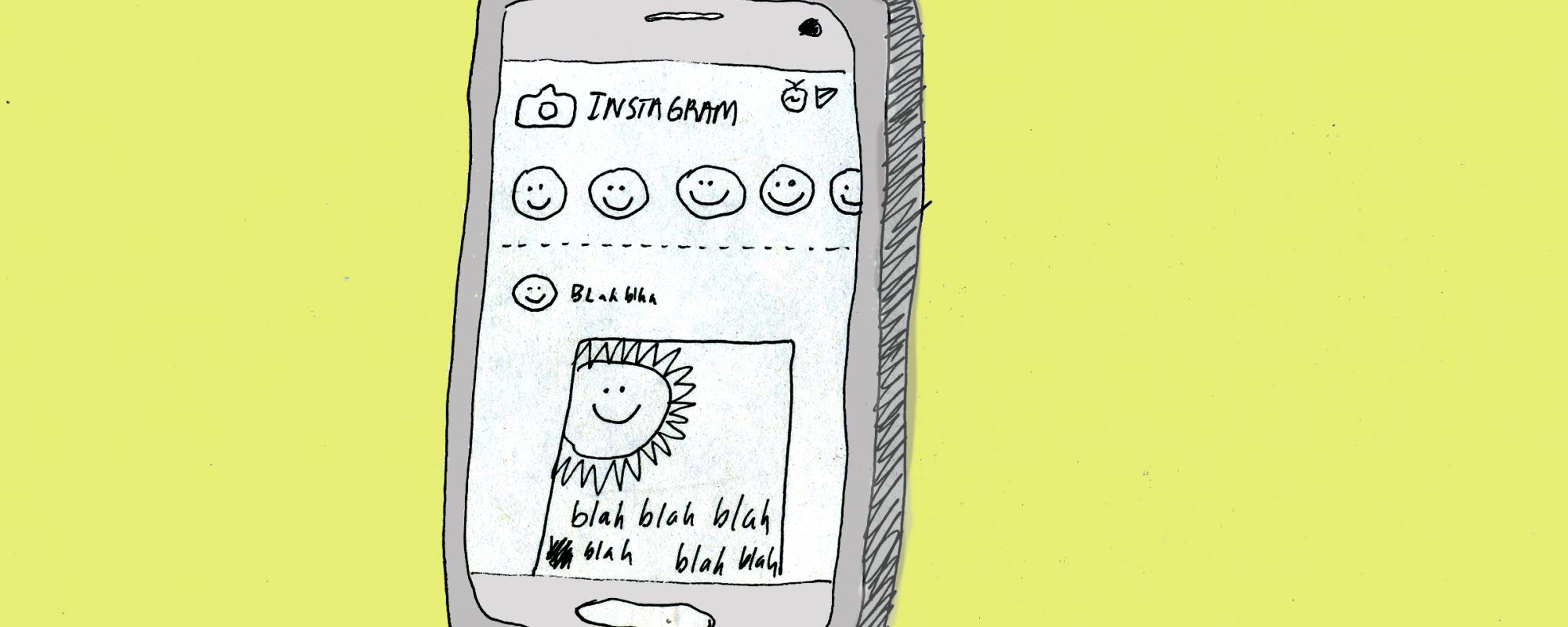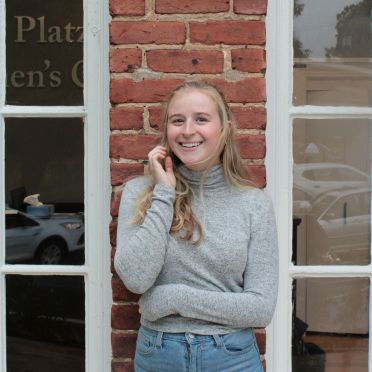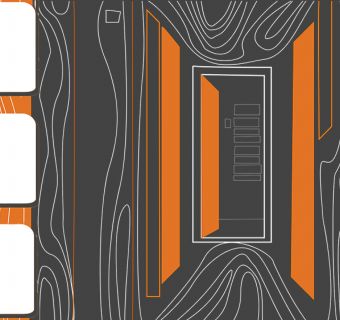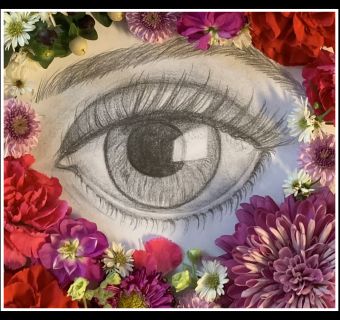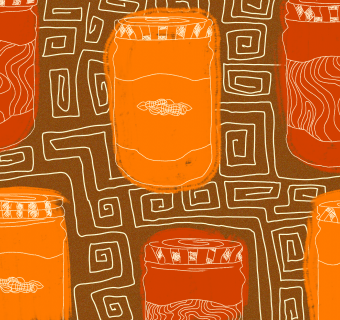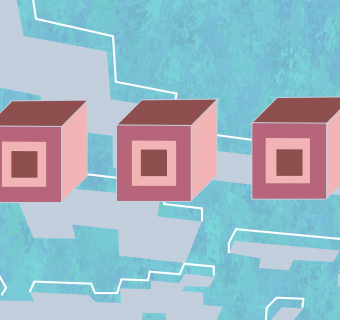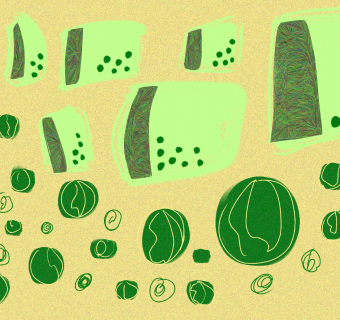Posting a picture to Instagram is an event. The right filter must be found, a witty caption conjured. As likes accumulate, it is as if each screen tap is a reflection on you as a person. Not just the way you look, but also how you are perceived by others. Instagram squares have become extra limbs, a digital body we construct as a grid. This constant need to impress others online can be exhausting. The urge to exhale, to finally be ourselves in a world that requires us to be anything but, becomes a necessity. We long to be something other than a curated, likeable image. Yet claiming ourselves outside of our curated digital footprint is difficult nowadays.
This is where the concept of the “finsta”, short for “fake Insta” emerges. Pictures of weekend exploits, relatable memes, and embarrassing selfies that would be unacceptable on a “real” Instagram populate these accounts. Most only follow their close friends, the people that are close enough to the subject to see their personal pictures. Some may follow their crushes, their hookups, or their significant others, but most seem to discuss love and sex enough to steer clear of having romantic entanglements follow them.
I myself made a “finsta” account last week. I followed people I thought would enjoy my antics, who knew me well enough to not be startled by anything I would post. Still, I found deciding who to follow stressful. Following my immediate circle of friends were obvious choices, but I still labored over the rest. Who was close enough, in other words, to see the real me?
I began to enjoy posting to my finsta much more than my real, curated Instagram. I was expressing myself in a way that would have been unacceptable on my real account. Yet as I began posting, I found that my finsta was constructed as much as my “real” Instagram was. Yes, the posts were silly and more intimate. They included embarrassing selfies, memes about introversion, photos of cats, weekend updates. I was just as careful about what to present on my “finsta” as I was with my real Instagram, which I curate more like a moving art piece rather than a social media account.
This is not a new idea. “Code switching” is when we switch between different language variances--colloquial to formal, for example--depending on who we are speaking to. The same can be said for Instagram accounts.
I began to wonder if we construct the self the same way we do our social media accounts. If a “finsta” is supposed to be the real us, then are we a conglomerate of our influences, our quirks, our strange idiosyncrasies that only our inner circles will understand? Are we in fact “code switching” for a more intimate audience? If this is the case, then aren’t “fake instas” somewhat redundant?
Perhaps what is needed is an Instagram palette that has a little bit of the high gloss and the lowbrow as well. There shouldn’t be social pressure to conform to a filtered, perfect feed, but rather encouragement to post what we feel, what moves us, and what brings us joy. There should be encouragement to unfollow those that don’t bring us joy at all.

